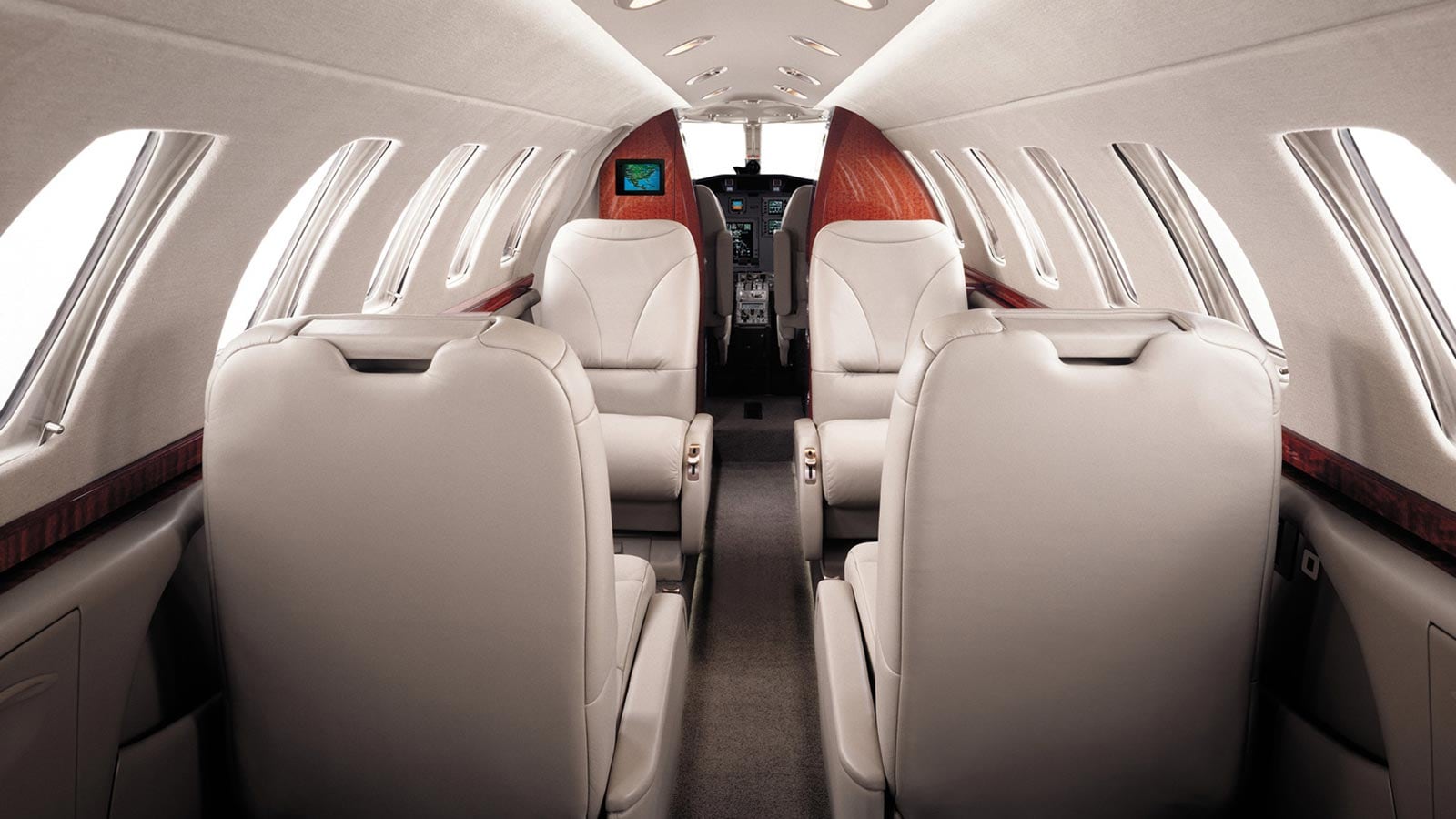Citation CJ3s Impact on the Evolution of Modern Aviation
In the realm of modern aviation, the Citation CJ3 has emerged as a pioneering force, reshaping the standards and expectations for business jets. Since its introduction, the CJ3 has not only exemplified cutting-edge technology and design but also set a new benchmark for efficiency and performance in the skies. As an influential player in the aviation industry, the Citation CJ3 continues to leave a lasting impact on the evolution of private and commercial air travel. This article delves into the innovative strides made by the CJ3 and its ongoing legacy in transforming modern aviation.
Citation CJ3: A Leap Forward in Modern Aviation

The Citation CJ3, developed by Cessna, made its debut in 2004 and quickly established itself as a frontrunner in the light jet category. From the start, the CJ3 was designed to push the boundaries of what was possible in terms of speed, range, and operational simplicity. By integrating state-of-the-art avionics and advanced aerodynamics, Cessna crafted a jet that offers impressive performance without compromising on safety or comfort. This aircraft appealed not only to corporate executives seeking a reliable means of travel but also to private owners desiring an exceptional flying experience.
One of the most notable aspects of the Citation CJ3 was its ability to operate out of shorter runways, which opened up a plethora of new destinations for business and pleasure. This capability was a game-changer for many operators, allowing them access to smaller airports that larger jets couldn’t service. Coupled with its 2,040 nautical mile range, the CJ3 provided unmatched flexibility, making it an attractive choice for those wanting to explore more remote locations or conduct business in less accessible areas. The ability to reach these destinations without the need for refueling stops significantly enhanced its attractiveness.
The CJ3 also marked a significant advancement in pilot-friendly technology, featuring a cockpit equipped with the revolutionary Rockwell Collins Pro Line 21 avionics suite. This system offered enhanced situational awareness and simplified navigation, which not only improved safety but also reduced pilot workload. The ergonomic design of the cockpit and the intuitive controls underscored Cessna’s commitment to innovation, setting a new standard for business jets. As a result, the CJ3 was not just a leap forward in terms of technological sophistication but also in pilot accessibility and operational efficiency.
Redefining Efficiency and Performance in the Skies

The Citation CJ3’s remarkable efficiency is one of its major selling points, with its Williams FJ44-3A engines offering exceptional fuel economy without sacrificing power. These engines allow the jet to achieve a maximum cruising speed of 416 knots, positioning it at the forefront of its class. This balance of speed and efficiency means operators can minimize costs while maximizing operational capabilities, a crucial factor in retaining the CJ3’s competitive edge in the market. In an industry where fuel efficiency increasingly influences purchasing decisions, the CJ3 stands as a model of sustainability and foresight.
Beyond its impressive range and speed, the CJ3 offers a spacious cabin that maximizes passenger comfort while maintaining a sleek, aerodynamic profile. The aircraft’s design reflects a commitment to luxury and functionality, with ample room for passengers and luggage, and a thoughtfully crafted interior that includes state-of-the-art amenities. Such considerations are vital for ensuring a pleasant travel experience, particularly on longer flights, and position the CJ3 as a preferred choice among discerning travelers who value both style and substance.
The impact of the Citation CJ3 on modern aviation goes beyond its technical specifications. It has set a precedent for the industry, compelling competitors to innovate and match its achievements. The CJ3’s introduction spurred a wave of advancements across the board, raising expectations for what could be achieved in terms of efficiency, performance, and design. As a result, the CJ3 has played a pivotal role not only in shaping the landscape of business aviation but also in influencing broader trends within the aviation industry as a whole, driving progress and inspiring new developments.
The Citation CJ3 represents a pivotal moment in the history of modern aviation, one that continues to resonate throughout the industry. By redefining the standards for business jets, it has influenced a generation of aircraft that prioritize efficiency, performance, and passenger experience. As the aviation sector continues to evolve, the legacy of the CJ3 serves as a reminder of the power of innovation and the importance of continually pushing boundaries. Its impact is a testament to Cessna’s vision and a marker of progress that will guide future advancements in aviation technology.



